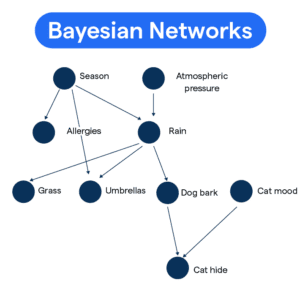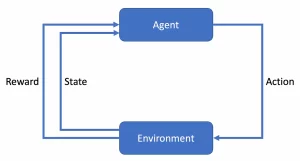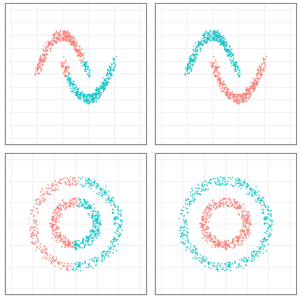A Brief History of Optimisation Algorithms
Optimisation algorithms have a rich history, beginning with George Dantzig’s development of linear programming in the 1940s. Over time, innovations like gradient descent and metaheuristic methods, including genetic algorithms and particle swarm optimisation, revolutionised industries by solving complex problems efficiently.
What Is an Optimisation Algorithm?
Imagine a GPS guiding you along the fastest route: optimisation algorithms operate similarly, identifying the most efficient solutions by evaluating constraints and possibilities. They are critical in industries that demand precision and efficiency.

Why Are They Used? What Challenges Do They Address?
Optimisation algorithms address inefficiencies by reducing waste and saving time. They:
- Optimise Logistics: Ensure timely deliveries and efficient supply chain management.
- Enhance Healthcare Processes: Streamline workflows such as surgery scheduling and resource allocation.
- Balance Energy Systems: Integrate renewable and conventional energy sources for greater efficiency.
Challenges Addressed:
- Managing limited resources.
- Reducing operational costs.
- Delivering timely and precise solutions in dynamic environments.
How Are Optimisation Algorithms Used?
Organisations leverage optimisation algorithms for:
- Resource Allocation: Distribute limited resources effectively across competing demands.
- AI and Machine Learning: Improve model predictions and refine outcomes.
- Logistics Planning: Design optimal transport routes to minimise delays and costs.
- Energy Management: Balance energy generation and consumption for sustainability.
Types of Optimisation Algorithms
- Linear Optimisation:
- Solves problems with linear constraints and variables.
- Nonlinear Optimisation:
- Tackles challenges involving nonlinear relationships.
- Heuristic Algorithms:
- Includes approximation techniques like genetic algorithms for near-optimal solutions.
- Gradient-Based Optimisation:
- Refines machine learning models for improved accuracy.
- Metaheuristic Optimisation:
- Includes methods like particle swarm optimisation for complex, global challenges.
Features of Optimisation Algorithms
Optimisation algorithms are defined by their ability to:
- Scale: Handle large datasets and complex scenarios efficiently.
- Adapt: Respond to changing conditions and constraints.
- Deliver Efficiency: Provide timely solutions that reduce operational overheads.
- Achieve Precision: Identify the best possible outcomes with high accuracy.
Popular Tools for Optimisation
Several tools and frameworks simplify the implementation of optimisation algorithms:
- Gurobi: A high-performance optimisation solver.
- Pyomo: A Python-based modelling and optimisation tool.
- IBM CPLEX: Supports robust large-scale optimisation tasks.
- MATLAB Optimisation Toolbox: Ideal for advanced engineering and modelling challenges.
Applications in Australian Governmental Agencies
Optimisation algorithms play a vital role in various Australian industries:
- Transport for NSW:
- Application: Optimises public transport schedules to reduce congestion and improve commuter experience.
- Australian Energy Market Operator (AEMO):
- Application: Balances energy supply and demand, integrating renewable sources efficiently.
- NDIA (National Disability Insurance Agency):
- Application: Allocates resources effectively to enhance disability care services and accessibility.
Official Statistics and Industry Impact
- Global Influence:
- According to a 2023 Statista report, optimisation algorithms reduced operational costs by 30% in logistics and supply chain industries.
- Australian Impact:
- The Australian Department of Industry reported that 60% of AI-driven projects in transport and healthcare utilised optimisation algorithms, boosting efficiency by 25%.
References
- Dantzig, G. (1947). Linear Programming and Extensions.
- TensorFlow Documentation.
- Australian Government AI Applications in Transport and Healthcare (2023).
Conclusion
Optimisation algorithms are at the core of modern problem-solving, transforming industries like transport, energy, and healthcare. With advanced tools like Gurobi and Pyomo, implementing these algorithms is accessible, ensuring their continued impact in addressing complex challenges across Australian industries and beyond.
How interested are you in uncovering even more about this topic? Our next article dives deeper into [insert next topic], unravelling insights you won’t want to miss. Stay curious and take the next step with us!








